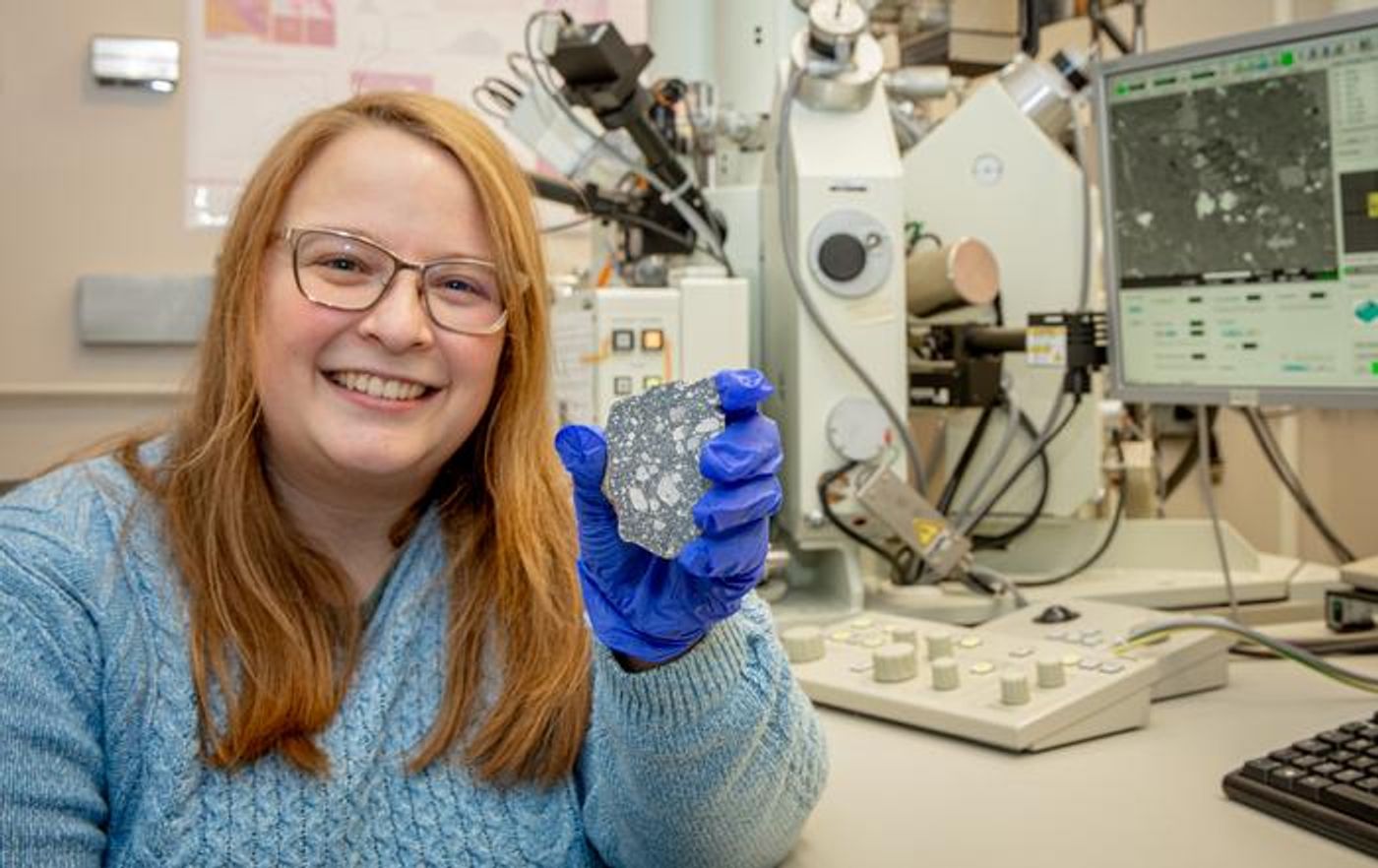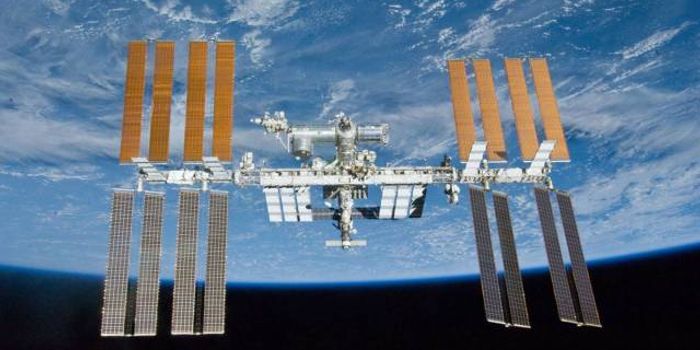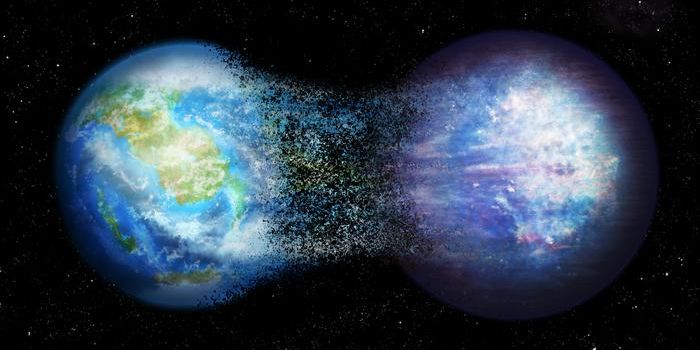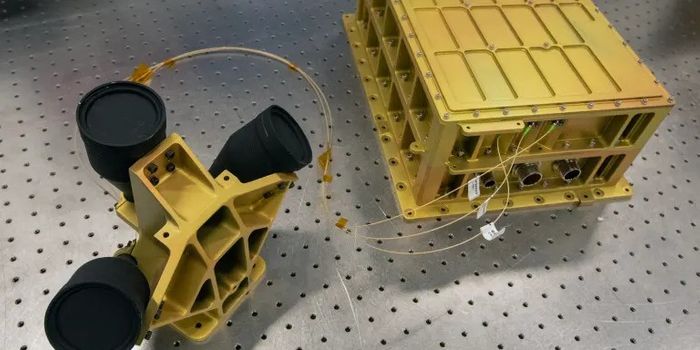Revised Moon Narrative: Early Crust Holds Surprising Amounts of Water
Does the Moon’s crust have more water than previously thought? This is what a recent study published in Nature Astronomy hopes to figure out as a team of international researchers investigated how the mineral apatite found within a Moon meteorite provides greater insight into how the Moon’s early crust from billions of years ago could have possessed higher amounts of water than scientists have previously hypothesized. This study holds the potential to not only help scientists better understand lunar history but also provide a gateway to unlocking lunar water for future astronaut missions, as well.
“The discovery of apatite in the Moon’s early crust for the first time is incredibly exciting – as we can finally start to piece together this unknown stage of lunar history,” said Dr. Tara Hayden, who is a postdoctoral associate at Western University and lead author of the study. “We find the Moon’s early crust was richer in water than we expected, and its volatile stable isotopes reveal an even more complex history than we knew before.”
Image of study lead author, Dr. Tara Hayden, with a slice of the luanr meteorite investigated for the study. (Credit: Christopher Kindratsky/Western Communications)
The lunar meteorite used for the study, designated as Arabian Peninsula 007, was found in Saudi Arabis in 2015 and contains the mineral apatite, which is known for containing large concentrations of hydrogen and oxygen in the form of the isotope hydroxide. Lunar samples returned to Earth from the Apollo missions were found to be “volatile-poor”, meaning they lacked materials that have been vaporized—converted from solid to gas—in magma, such as water and carbon dioxide. Scientists interpreted this as meaning the Moon has always lacked water throughout its long history, but this finding reveals the Moon likely contained greater amounts of water in its early history, which spans over four billion years.
Image of a slice of lunar meteorite, Arabian Peninsula 007, used for this study. (Credit: Dr. Tara Hayden)
“It has been long believed the lunar surface has been dried out for thousands and even millions of years, but maybe there might be more water available than we thought on the surface of the Moon and we just need to find a way to extract it,” said Dr. Hayden.
Along with helping scientists gain a better understanding of lunar history, the presence of water within the lunar crust could also provide future astronauts a starting point for extracting water from the lunar regolith, specifically with NASA’s Artemis program in the next few years.
What new discoveries will researchers make about the Moon’s history and the presence of water within its crust in the coming years and decades? Only time will tell, and this is why we science!
As always, keep doing science & keep looking up!
Sources: Nature Astronomy, EurekAlert!, Western News, Lunar and Planetary Institute, NASA
-
MAY 07, 2024Is It Anti-RNP or Anti-Sm/RNP?
-
MAY 08, 2024Expand your Multiomic Capabilities with RNAscope™
- See More
-
APR 30, 2024Immuno-Oncology Virtual Event Series 2024
-
MAY 07, 20243rd International Biosecurity Virtual Symposium
-
MAY 23, 2024For the Love of Digital PCR 2024
- See More



















































